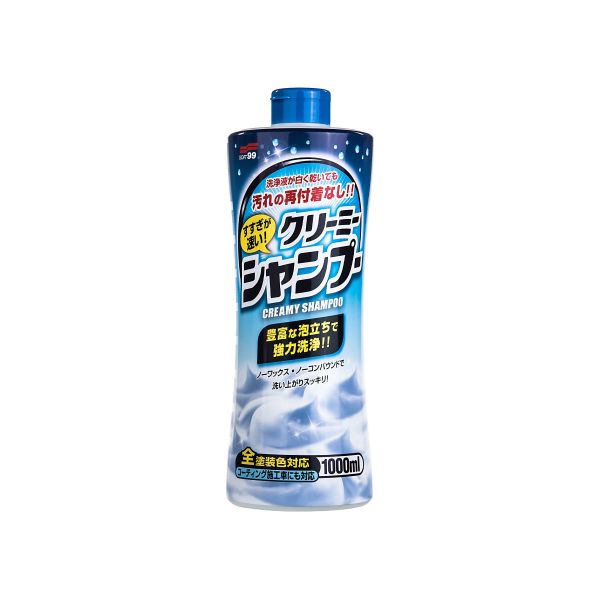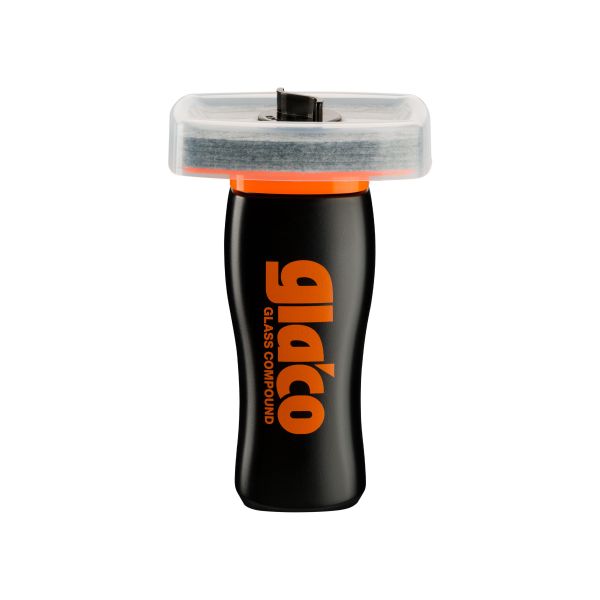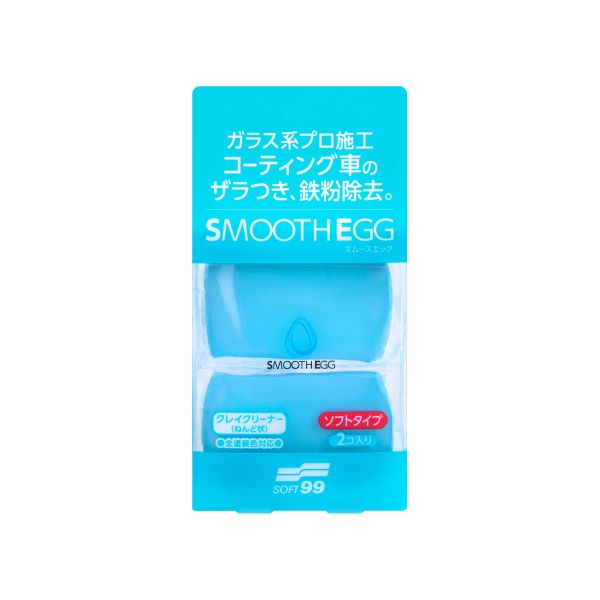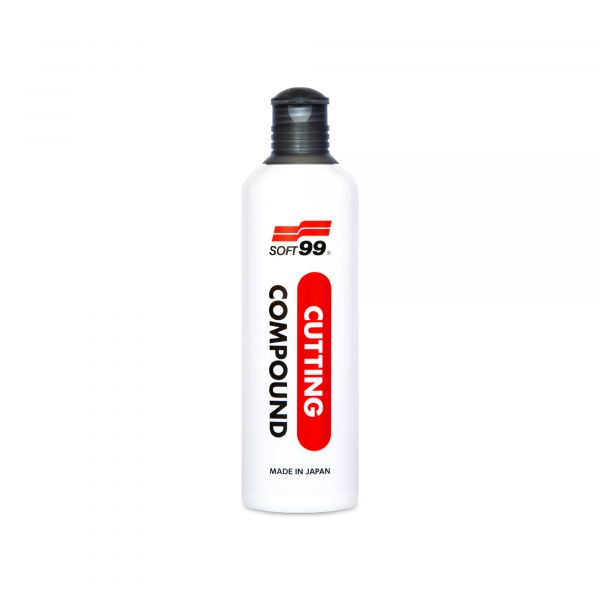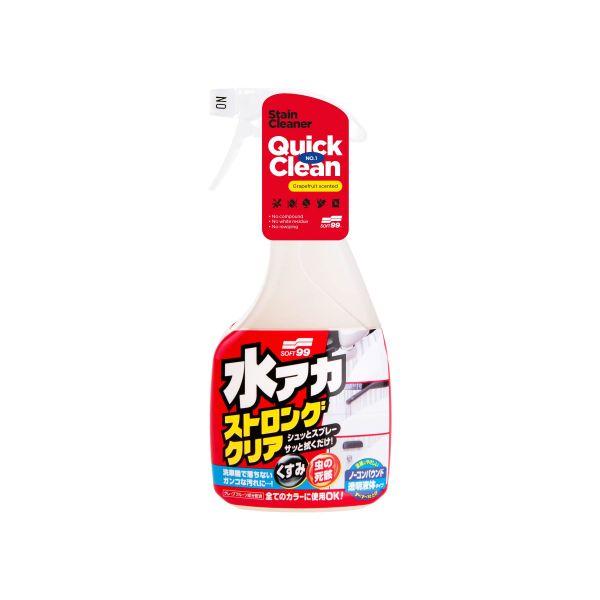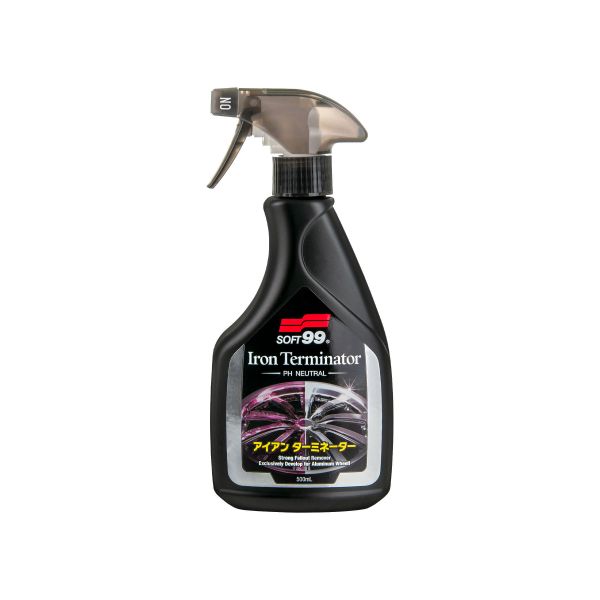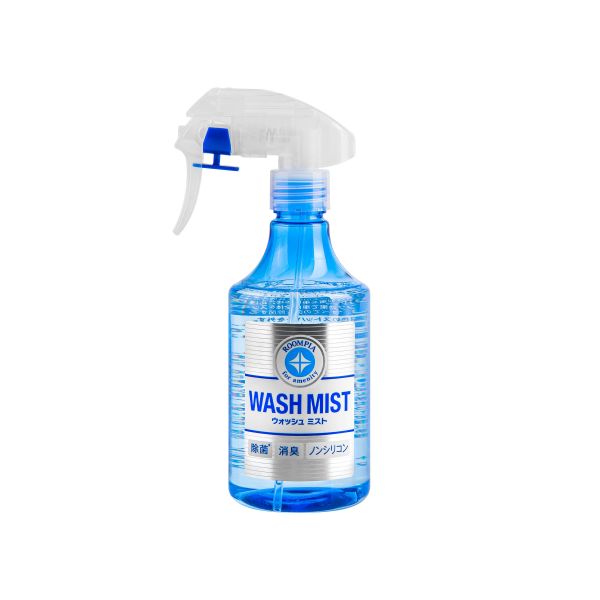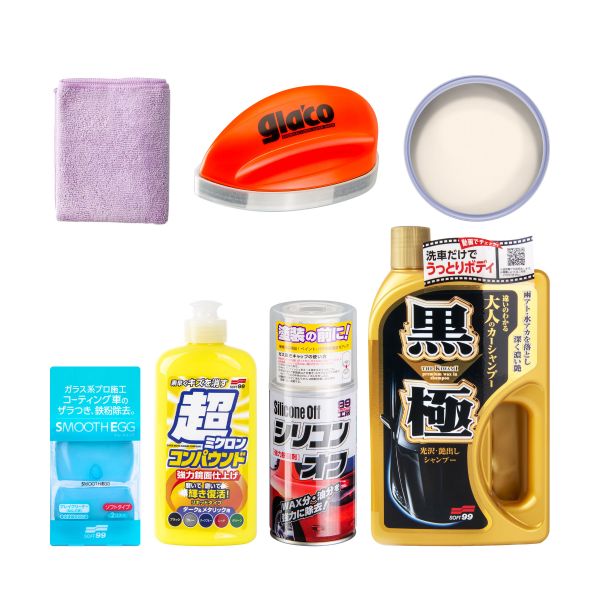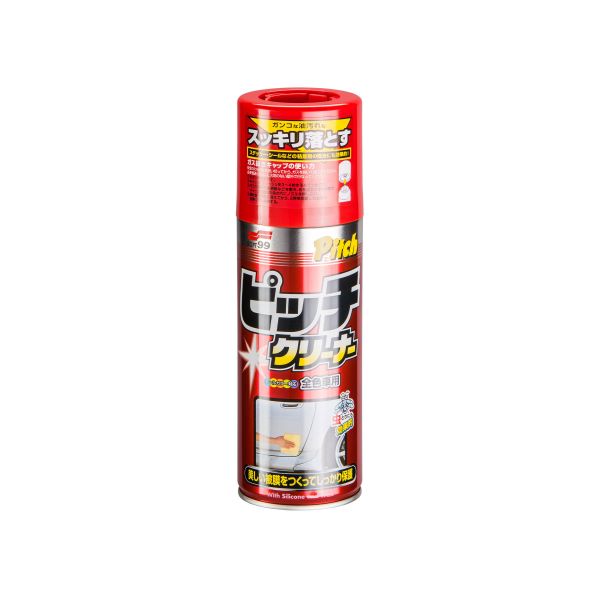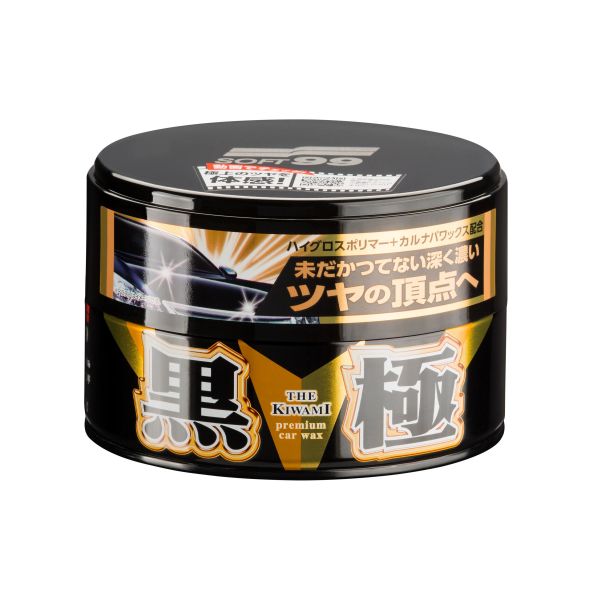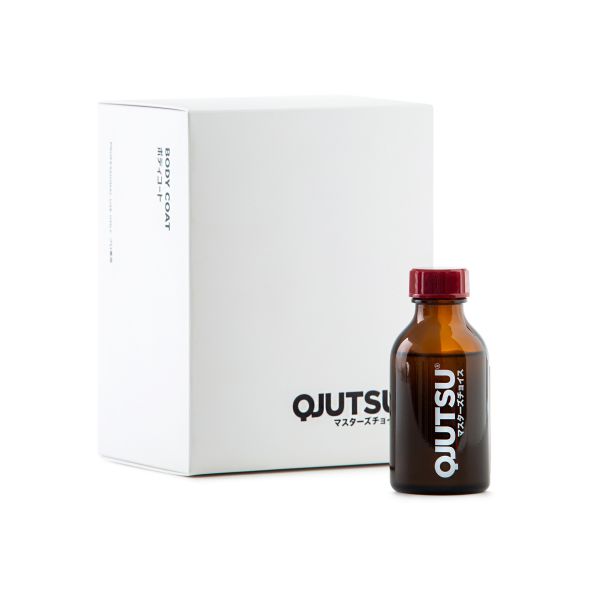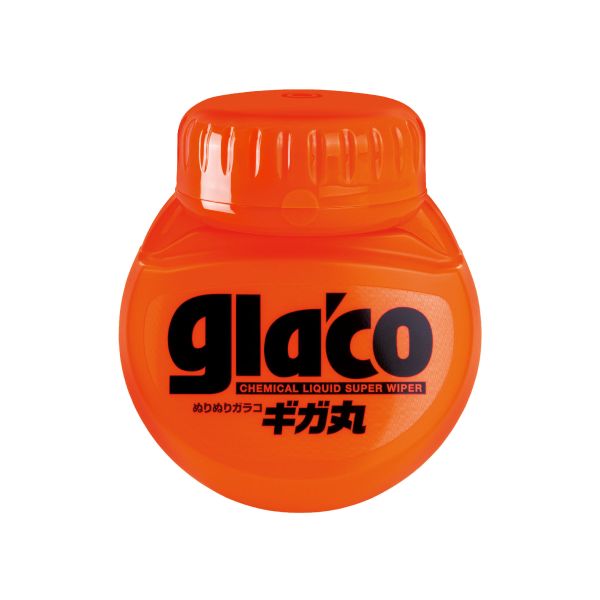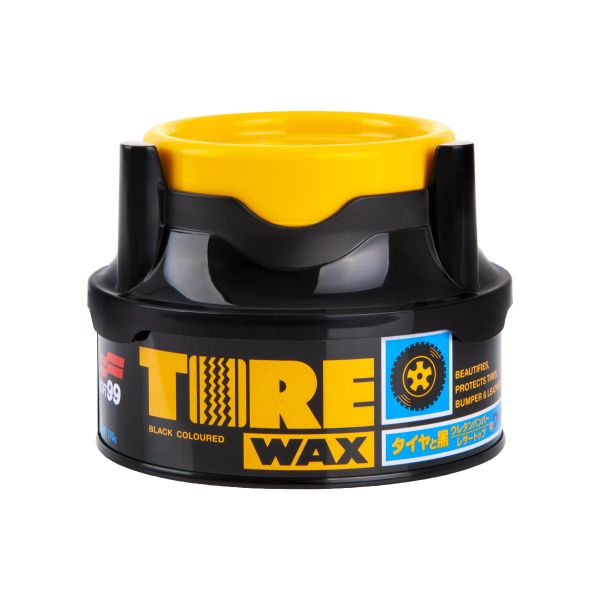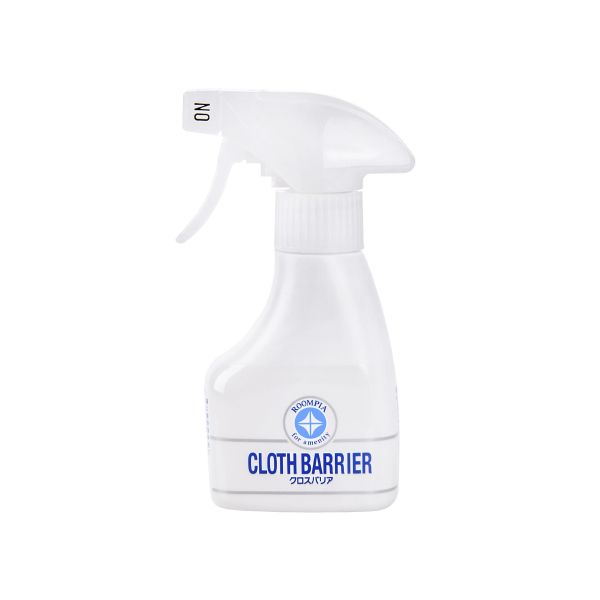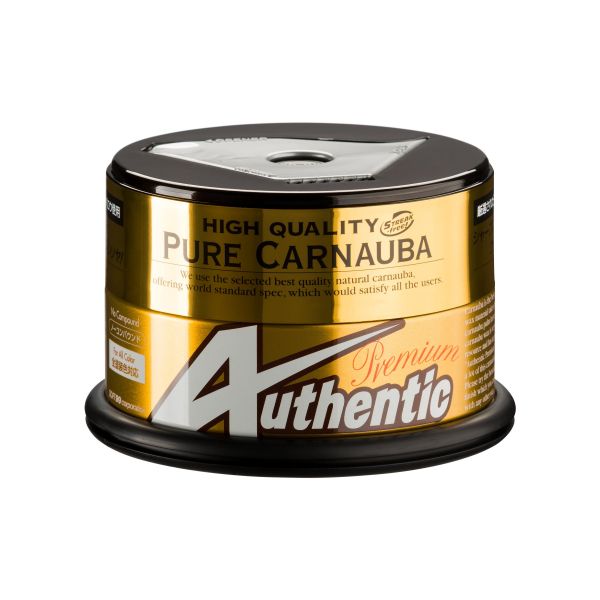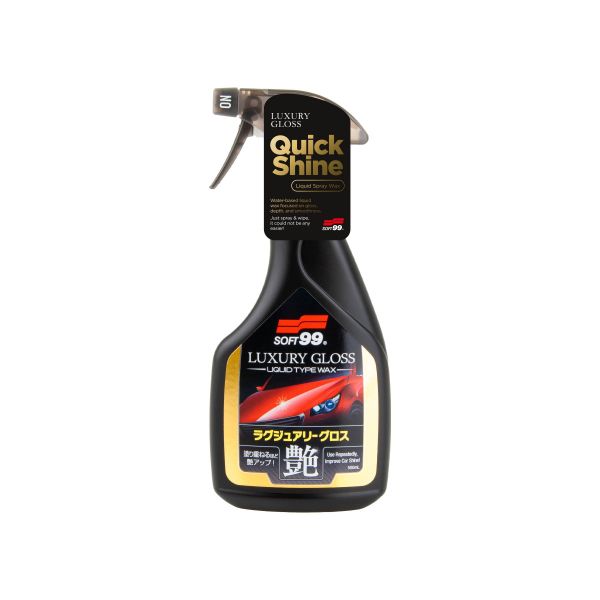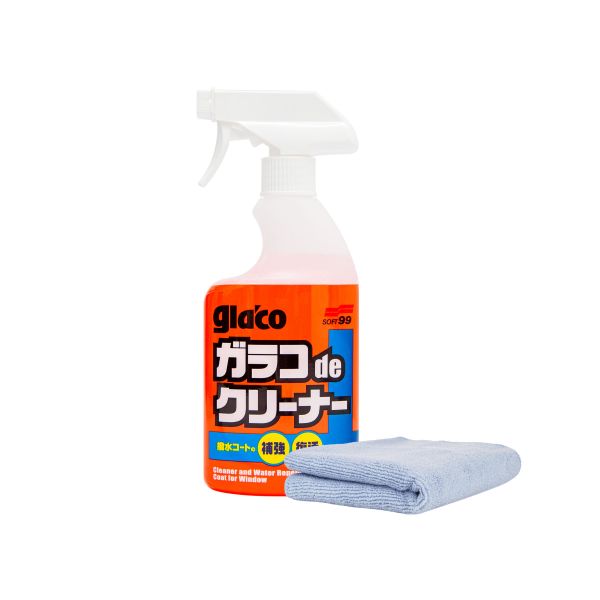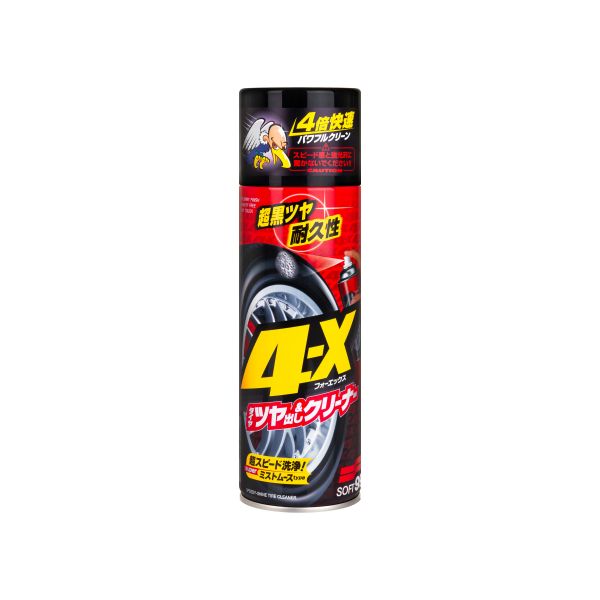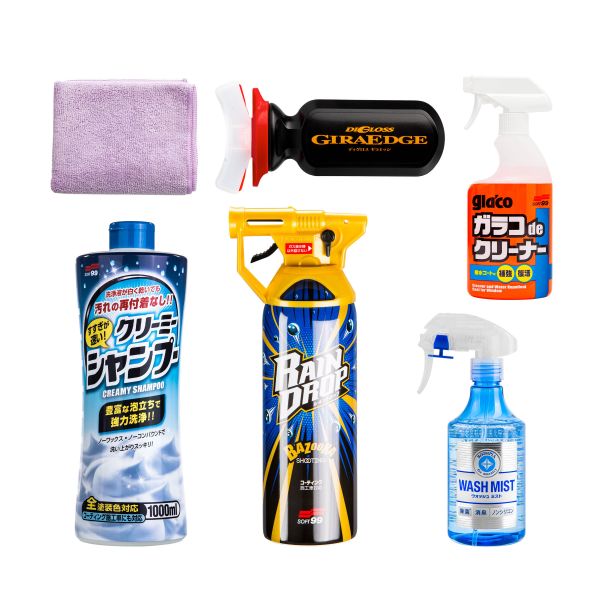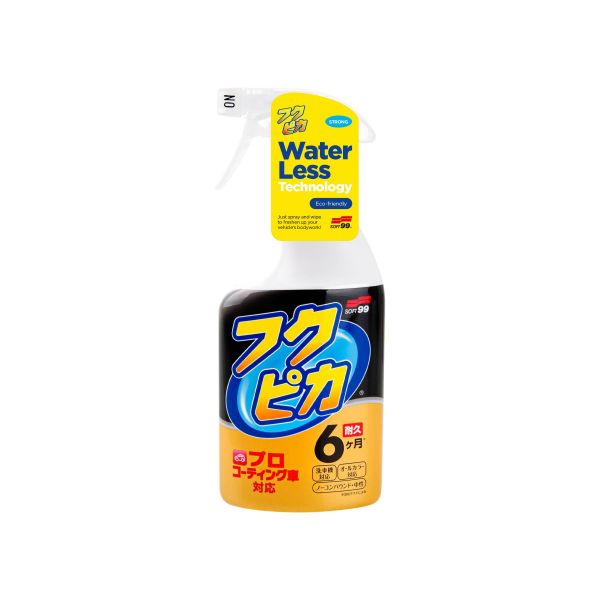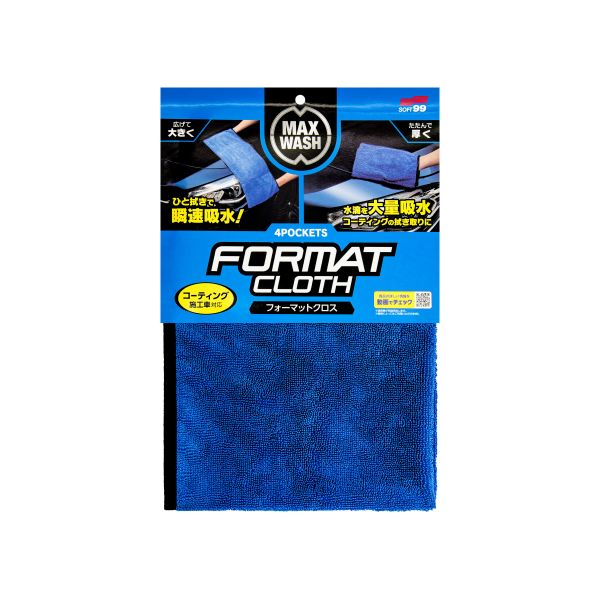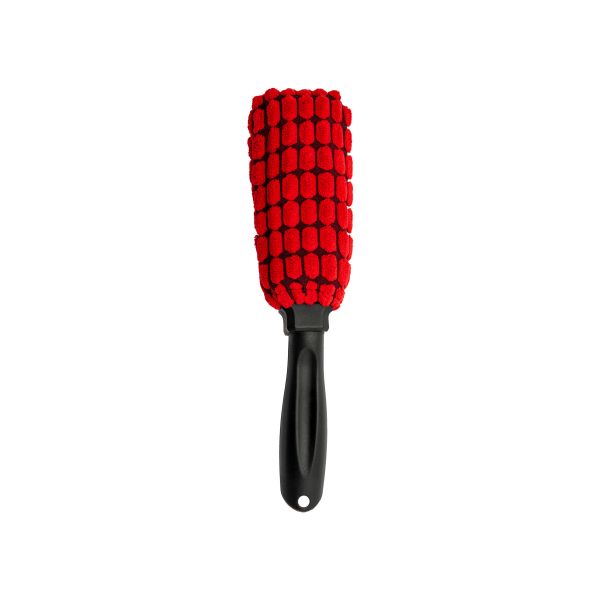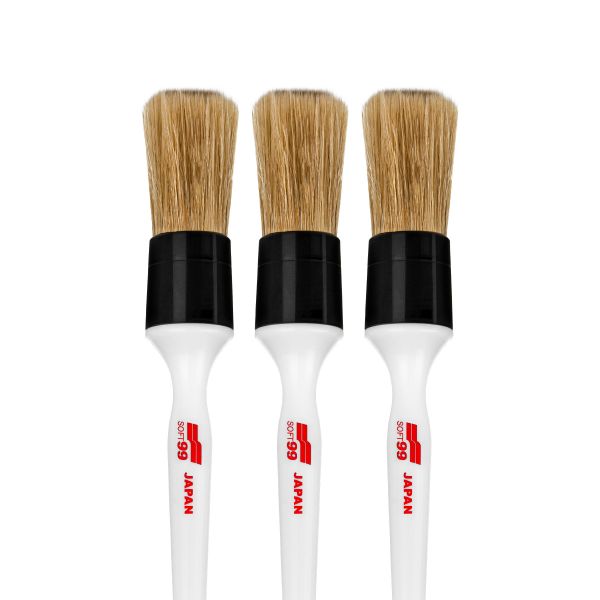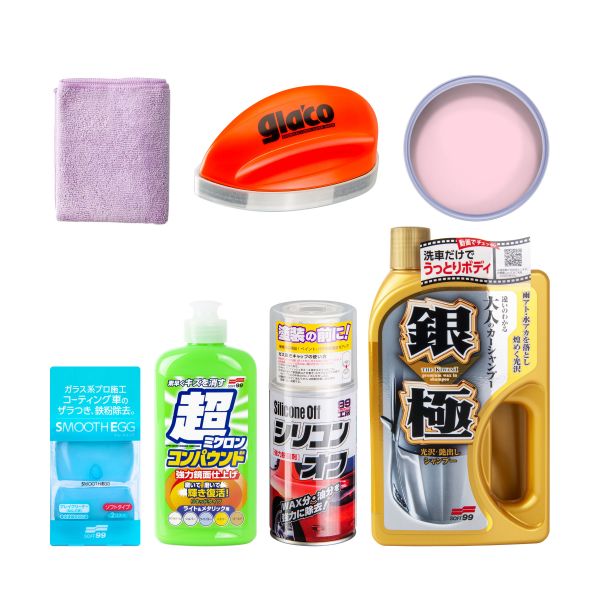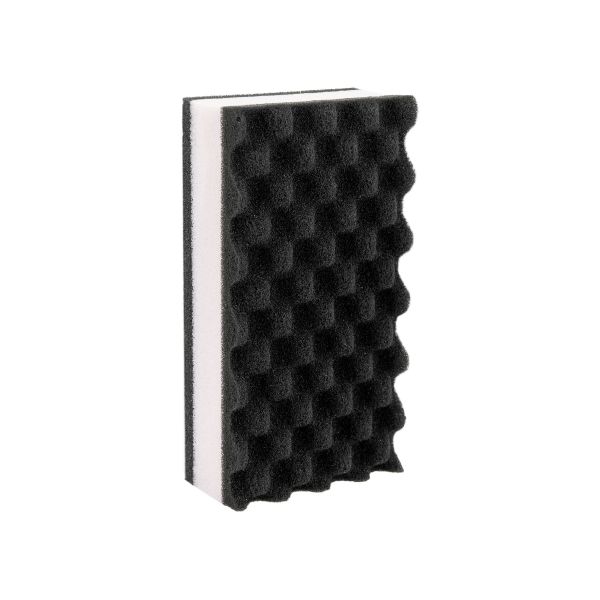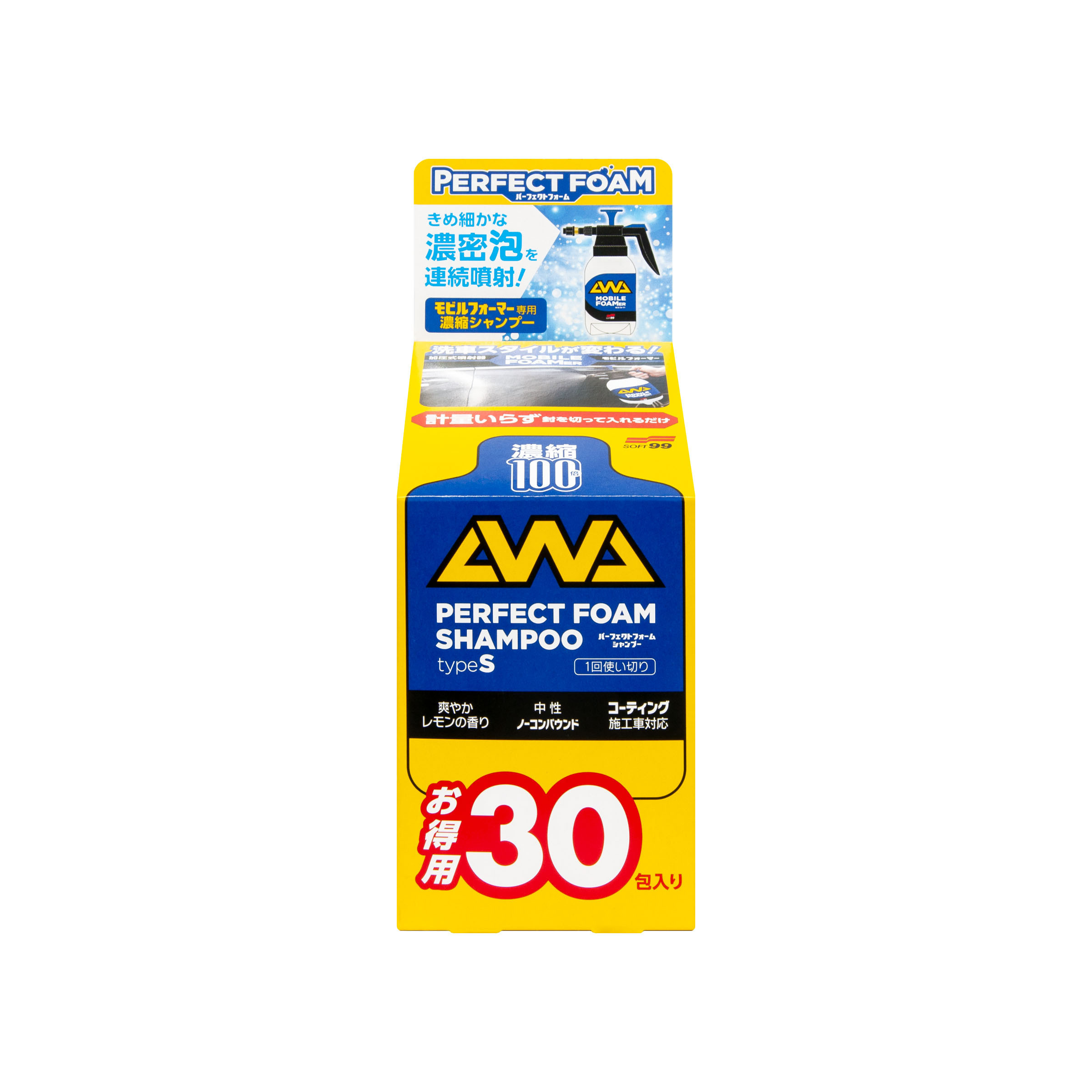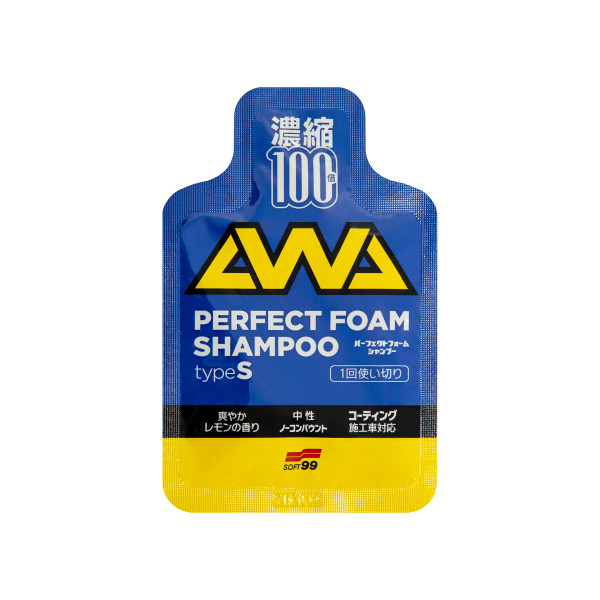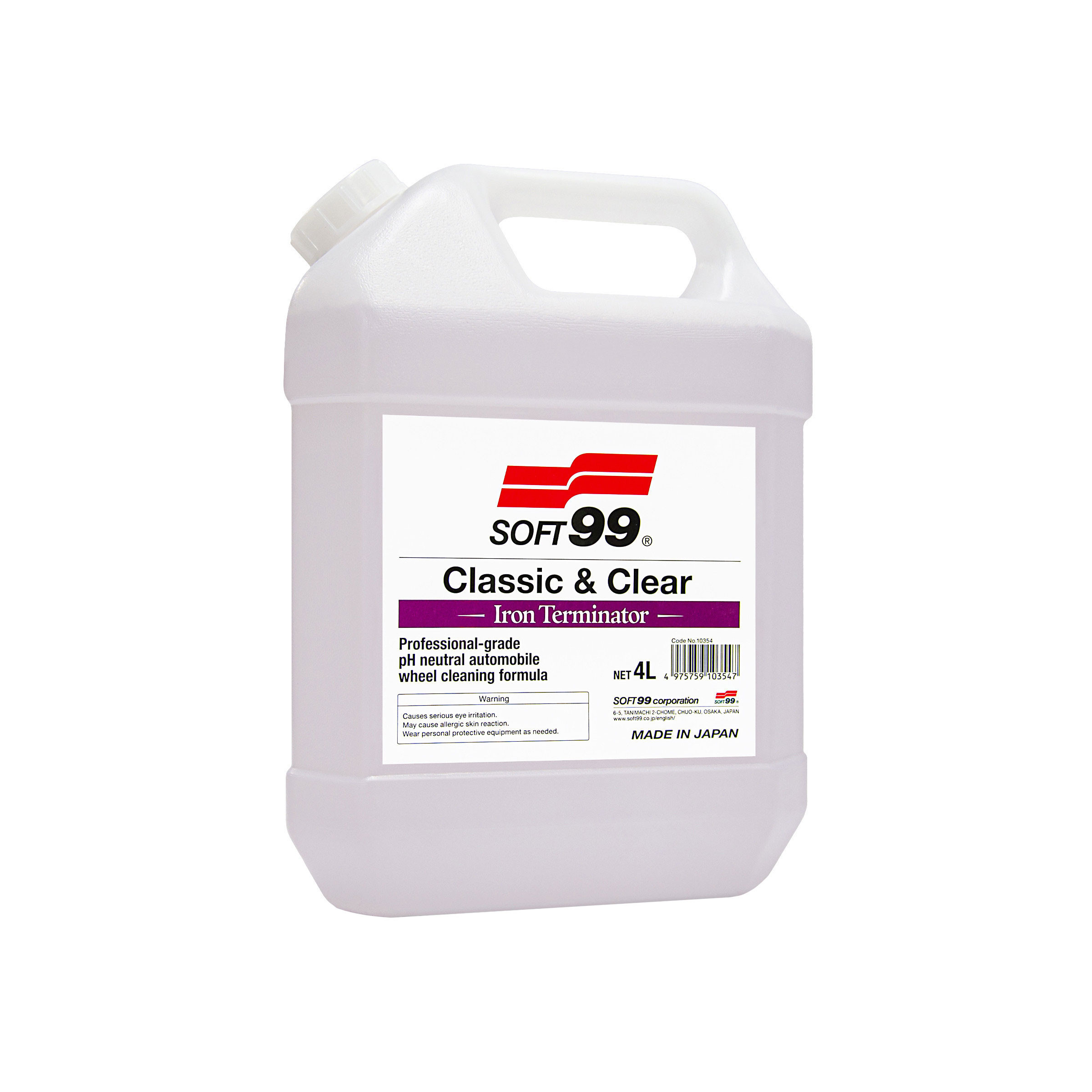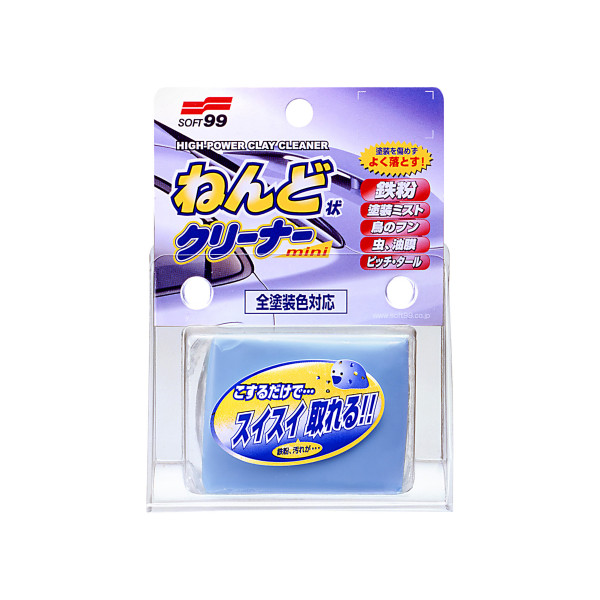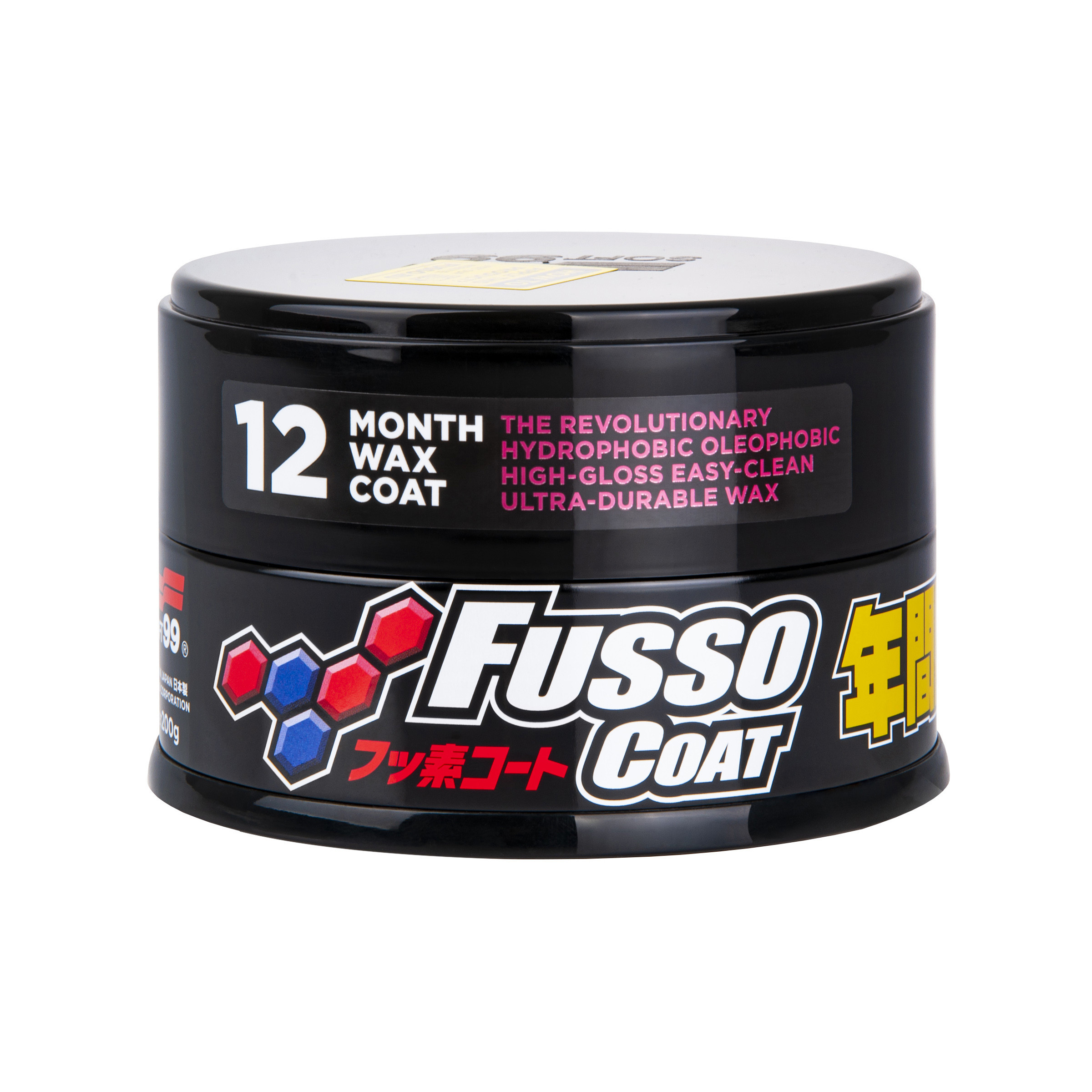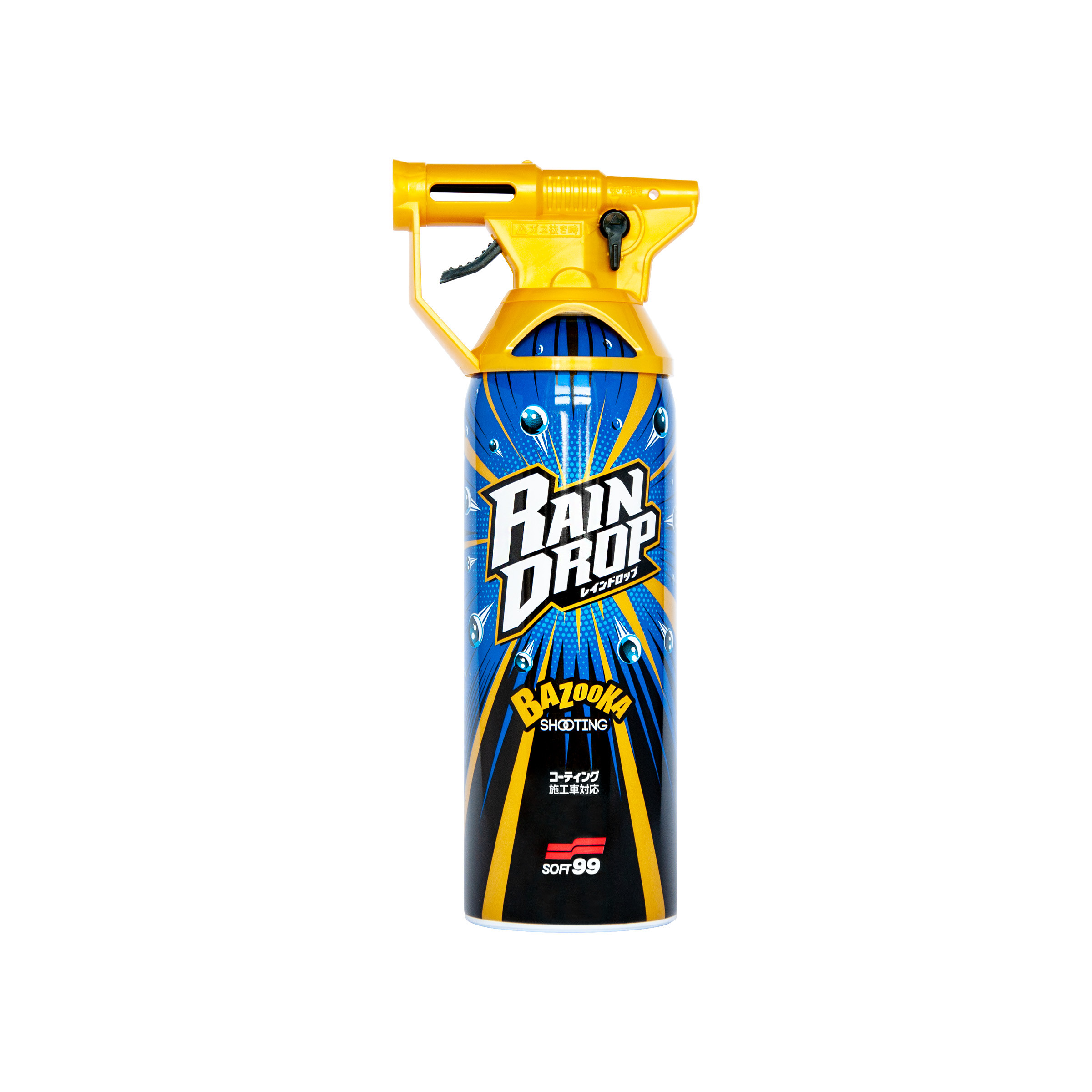- No product items
Soft99 Guide – Prepare your car for waxing!
Thinking about protecting your car with wax? You have come to the right place! The professional approach is not beyond your reach, but it requires the right actions and – of course – car care products. Check out our guide and find out how to give your car's paintwork a new lease of life!
1. PRE-WASH
If the car is very dirty with visible mud and sand, carry out a pre-wash with a pressure washer and active foam. The foam will soften the dirt and the pressure will allow you to safely get rid of sand particles that would scratch the paintwork if they weren’t removed.
For pre-washing choose:
2. MAIN WASH
Above all, forget the touchless car wash – carry out a thorough manual washing! The pressurised water will only remove loose dirt, but a thin film of road grime will remain on the paintwork. Use a sponge or a washing glove to spread the shampoo foam and a brush to spread it into the nooks and crannies.
Shampooing is the first stage of paintwork preparation. Its goal is to clean your car from all the dirt laying on the surface. The shampoo itself is a very simple agent – just apply it onto a sponge or dilute it in water, then spread it evenly. The shampoo lifts and isolates the dirt, which is then rinsed off with water. It's as simple as it is pleasant to do.
When washing, use the brush to get into the nooks and crannies of the bodywork, apply the foam around emblems, the grill, aero elements and other inaccessible areas to remove all dirt. In case of stubborn dirt, use Stain Cleaner, Soft99’s all-purpose cleaning agent.
Our tip: professionals practice the "two bucket method”. One bucket is filled with water and shampoo solution, the other contains clean water for sponge or glove rinsing. This way there is less dirt on the paintwork and the risk of creating micro scratches and swirls is reduced. When you’re done, rinse the car thoroughly and dry it with a towel.
For main washing choose:
3. IRON REMOVING
Brake dust? Rust? Metallic deposits? If you associate this kind of contamination with dirty wheels, then you are right! But you should know that this type of dirt is just as likely to settle on the paintwork and is very difficult to see with the naked eye. This is the perfect job for an iron-removing agent. What is it and how does it work? It usually comes in a liquid or gel form which, on contact with metallic deposits, simply dissolves them, colouring them intensely purple. This is the so-called bleeding rim effect, but don't worry – this is an expected effect and no car elements will be damaged. Apply it after main washing onto the paintwork on the front of the car and around wheel arches, and onto the rims, wait a few minutes, in case of stubborn dirt use a detailing brush, rinse with pressurised water. All done! Let's go onto the next step.
For iron removal choose:
4. ASPHALT, SAP & BUG SPLATTER
Take a closer look at the paintwork, especially around the wheel arches and sides of the car. If you notice black dots or threads that can be clearly felt under your finger, you can be sure it's asphalt. On hot days, when the road surface becomes soft, the tyres, pick up the asphalt particles like Velcro, and throw them straight onto the paintwork. It's a very bad idea to scrub and remove these spots by force. You need an effective chemical solution. Try the New Pitch Cleaner, apply it onto the affected areas, wait a few minutes until dirt starts to dissolve and remove the residue with pressurised water or a soft microfiber.
New Pitch Cleaner will also remove stubborn insect residues from the front of the car or sticky tree sap and bird droppings.
For all-purpose decontamination choose:
5. CLAY BAR TREATMENT
If the paintwork already seems perfectly clean at this stage, we suggest a little experiment. Try running the outer side of your hand over the car's body in several places. Is the paintwork NOT as smooth as glass? Time to get a clay bar! Clay acts like a magnet for dirt embedded in the paint. Give it better glide with a solution of water and shampoo and start to move it across the paint. You don't need to use force - just the pressure of your hand. Once the item is clean, you will feel the clay glide smoothly. Watch it carefully though - as soon as the usable part gets dirty, crumple it inwards and resume with the clean side. Make sure the clay always has the right slip and be careful not to let it fall to the ground. Such a piece will no longer be suitable for further work.
For clay bar treatment choose:
6. CLEANER TREATMENT
The next step is the use of a cleaner, a special agent which is the penultimate stage of decontamination. To understand how it works, it's important to realise that the paintwork, although seemingly smooth, has a porous structure. It's in these pores that the road film and the remains of waxes and other coatings are embedded. Our Micro Liquid Compound Cleaner easily penetrates these hard-to-reach places and effectively removes even the most stubborn deposits. It also contains fine abrasive particles and fillers which effectively improve the condition of the paintwork by filling and masking smaller imperfections and micro scratches. Application of the Cleaner is very simple – apply the product onto the black side of the attached applicator and carefully rub it on the car's body, then wipe it all off with a towel or a microfiber. Keep in mind though, to work on small sections to not let the residue dry out. If you prefer, you can work on a wet surface – it makes things a little easier – and when you're finished, simply rinse the car with pressurised water and dry it with a towel.
For cleaner treatment choose:
7. DEGREASING
Last but not least, degreasing, which is the icing on the cake when it comes to paintwork preparation! Silicone Off, one of the strongest degreasers on the market, is responsible for removing oily road film and washing away remains of polishing pastes or glazes. The surface on which Silicone Off has been applied is completely decontaminated, which guarantees maximum bonding between wax and the paintwork. Simply apply the degreasing agent onto a microfiber and wipe the paintwork. It really does a big difference!
For degreasing choose:
8. WAX APPLICATION
We’re on the home straight! Your well decontaminated paintwork is ready for waxing. The most important rule which has to be mentioned at the beginning – more doesn’t mean better. On the contrary, the thinner the wax layer on the surface, the easier the polishing and better the final effect. Excess wax significantly increases the chances of streaks appearing on the paintwork and will make your work more difficult. With all that in mind, we can start the application process. Dampen the applicator by putting it in water and then squeezing it. Next, get a small amount of wax on the applicator by gently pressing and moving it in the can, then spread the wax in a criss-cross motion, as thinly and evenly as possible. After applying the product, wait a few minutes until a slight white residue appears and only then can you start polishing. If no residue is visible and you are not sure if you can polish, carry out the finger test. If after touching the paintwork with your finger the wax still spreads instead of being rubbed off, this is a sign that you still have to wait. Remember also to never apply the wax to the entire car at once. Work on smaller panels (we recommend working areas no bigger than quarter of a medium sized car’s bonnet) while watching what happens to the wax. Only move onto the next part when you’ve polished the previous one. The application process should be clear now, but which wax to choose? The answer differs from person to person – it depends on the effect you wish to achieve, the wax’s durability or your budget. Natural wax, hybrid, synthetic? We have it all, and the choice is yours.

